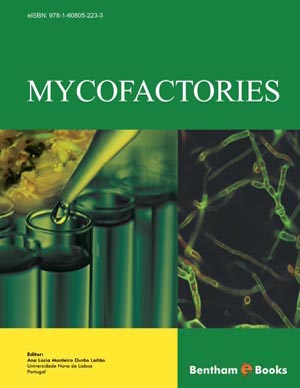Abstract
Fungi have been used to elaborate fermented foods by many cultures throughout the world since ancient times. Many filamentous fungi are currently used in food processing both in eastern and western countries. As food processors, filamentous fungi participate in different aspects during the elaboration of the product, contributing to its ripening, avoiding the growth of undesirable molds and bacteria, and providing the product with characteristic flavors and colors. Penicillium is the fungal genus most frequently found on foods, and some species are used in the food industry for elaboration of different products. This review will focus on three Penicillium species widely used in the western world as starter cultures/food processors. P. nalgiovense is frequently isolated from meat products, mainly dry fermented sausages. In recent years, this species has acquired biotechnological importance in the meat industry, due to its widespread use as starter culture. After inoculation with a suspension of asexual spores, P. nalgiovense develops on the product surface a typical homogeneous whitish thin layer of mycelium during the curing/ripening process. This mycelium contributes significantly to the product flavor, regulates moisture loss, and prevents the development of potentially mycotoxigenic fungal species. P. camemberti is the ripening agent of Camembert and Brie cheeses. It produces several enzymes, including exo- and intracellular proteases, some of which involved in casein hydrolysis during cheese ripening and thus contributing to the development of flavor and texture, and an alkalyne lipase able to hydrolyze monoand diacylglycerols, which produces free fatty acids that are important for the organoleptic properties of these cheese varieties. P. roqueforti is one of the most frequently isolated fungus on cheese due to particular physiological features that allow it to colonize the inner part of the product, and plays a crucial role in the ripening of the so-called blue cheeses. Its strong proteolytic and lipolytic activities are responsible for the typical organoleptic features of these cheeses. In addition, during the ripening process P. roqueforti produces andrastins (A-D), compounds with antitumoral properties which inhibit the protein farnesyltransferase enzyme.






